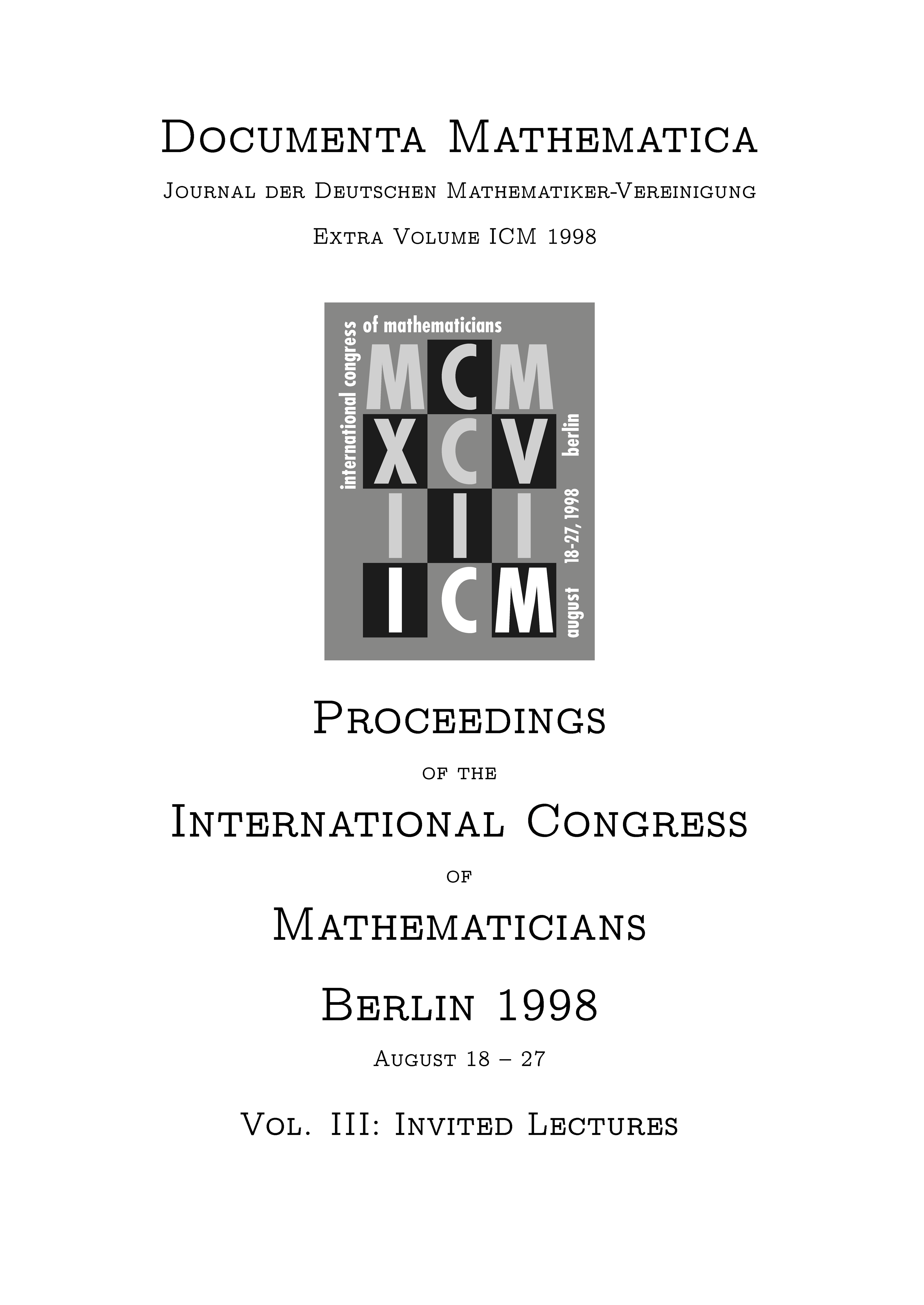Canonical models in mathematical neuroscience
Frank Hoppensteadt
Eugene Izhikevich
Abstract
Our approach to mathematical neuroscience is not to consider a single model but to consider a large family of neural models. We study the family by converting every member to a simpler model, which is referred to as being canonical. There are many examples of canonical models. Most of them are derived for families of neural systems near thresholds; that is, near transitions between the rest state and the state of repetitive spiking. The canonical model approach enables us to study frequency and timing aspects of networks of neurons using frequency domain methods. We use canonical (phase) models to demonstrate our theory of frequency modulated (FM) interactions in the brain: Populations of cortical oscillators self-organize by frequencies; same-frequency sub-populations of oscillators can interact in the sense that a change in phase deviation in one will be felt by the others in the sub-population; and oscillators operating at different frequencies do not interact in this way. In our theory, sub-networks are identified by the firing frequency of their constituents. Network elements can change their sub-population membership by changing their frequency, much like tuning to a new station of an FM radio. Also discussed here are mechanisms for changing frequencies obtained in our recent work using similar models to study spatial patterns of theta and gamma rhythm phase locking in the hippocampus.
